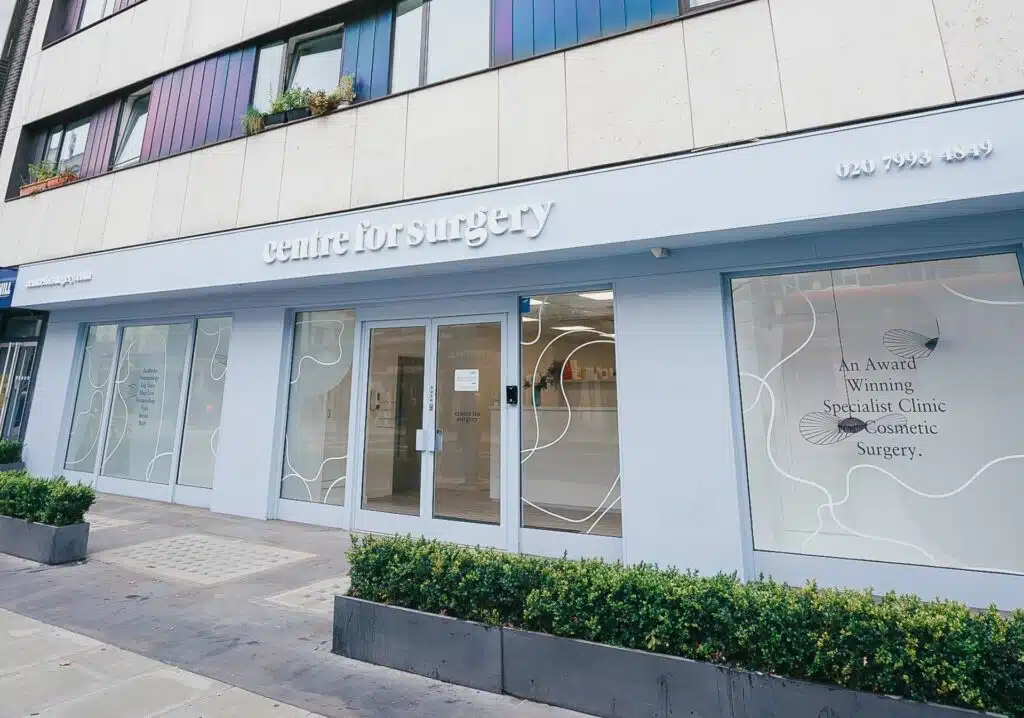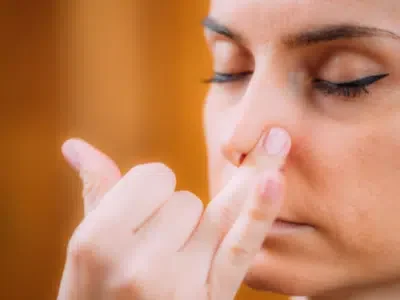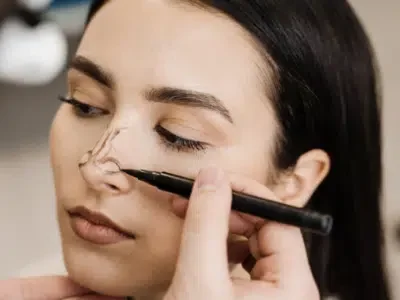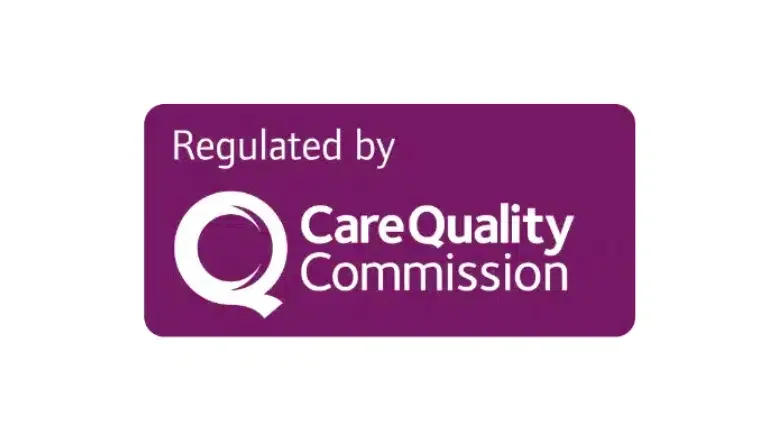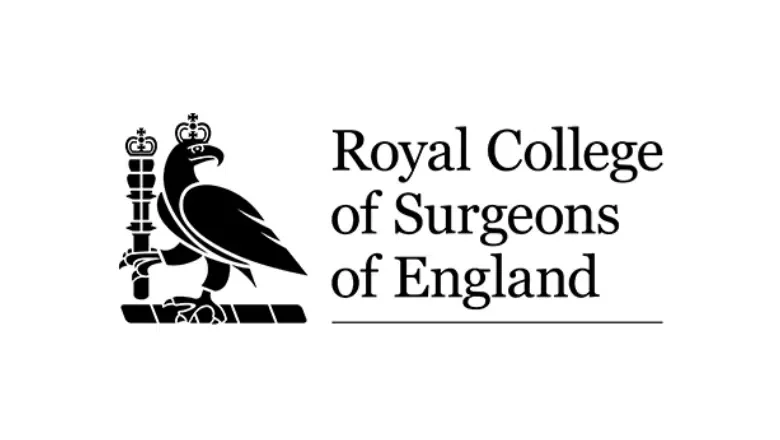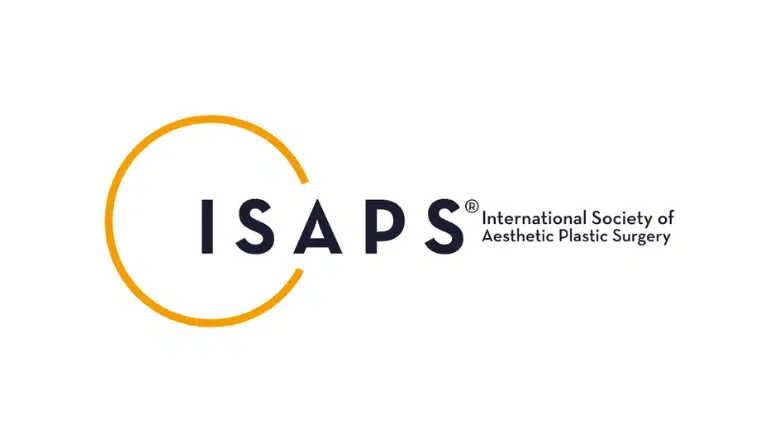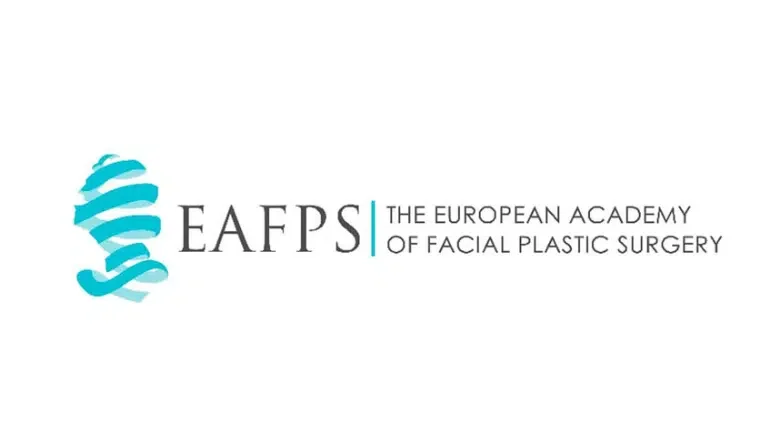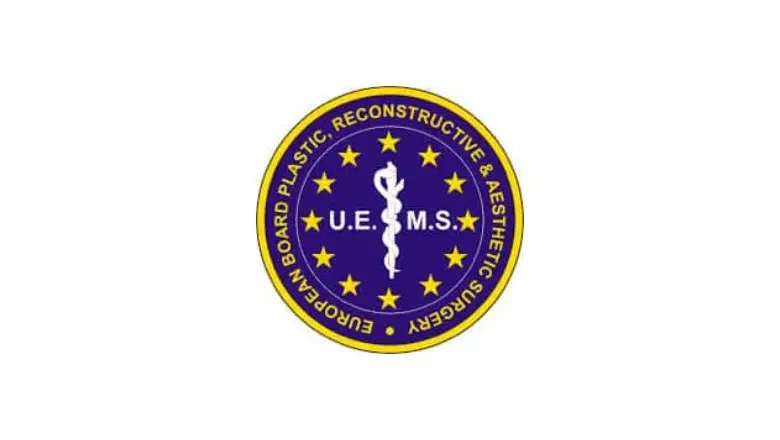Rhinoplasty, or what many people commonly call a “nose job,” is one of the top cosmetic surgeries carried out in the UK. Given that it’s a facial procedure, it’s understandable that folks have a lot of questions about what the recovery period looks like. After all, unlike other parts of your body that can be easily hidden under clothing, your face is on show for all to see.
If you’re considering this surgery or have recently had it, you’re probably wondering when you’ll feel ready to go out and be seen in public. You’re likely also eager to see your new nose for the first time. Your nose plays a significant role in shaping your facial features, so it’s completely natural to be keen to see the final result, especially when it’s hidden under post-surgery swelling.
RELATED: Rhinoplasty 101
So, how long can you expect the swelling to stick around after getting a nose job? Here’s some handy information to help you know what to anticipate in terms of post-rhinoplasty swelling.
RELATED: Nose Surgery FAQs – Q&A about Rhinoplasty
How much swelling should I expect following my rhinoplasty procedure?
The amount of swelling you can expect after a rhinoplasty is influenced by several factors, and it’s important to note that each person’s experience will be unique. Generally speaking, most patients should anticipate moderate swelling. However, if your particular case involved more extensive work, such as significant reshaping or resizing of your nose, then the swelling might be more pronounced compared to what others might experience.
Another consideration is personal physiology. Some people are simply more prone to experiencing swelling, so it’s entirely possible that you might notice more puffiness compared to someone else who has undergone a similar procedure. Swelling can also fluctuate from day to day. For example, you might notice that the swelling actually appears to be more noticeable on the second day after your surgery compared to the first day. This is completely normal.
Additionally, it’s not just your nose that could swell. You should also be prepared for swelling in adjacent facial areas, such as around the eyes, cheeks, and above the lips. This is standard and is a part of the body’s natural healing process.
One crucial point to keep in mind is that the initial swelling will obscure the final shape of your new nose. This means you won’t be able to see the end result immediately. Swelling will gradually reduce over time, revealing the new shape and contours of your nose.
How long does swelling after rhinoplasty last?
The duration of post-rhinoplasty swelling can vary widely among individuals, and several factors come into play. For example, patients with thicker skin may experience swelling that lingers longer than it does for those with thinner skin. Similarly, if you’ve had a revision rhinoplasty (a second or subsequent nose job), the swelling might last a bit longer compared to the first time around.
Generally speaking, you can expect the initial, more noticeable swelling to last about two weeks. After this period, you should have a decent idea of how your new nose will look, and most people find that they’re ready to go back to work, school, or even participate in video calls via platforms like Teams. If you still have some residual swelling or bruising, a bit of makeup can usually help conceal it.
However, just because the noticeable swelling has decreased doesn’t mean you’ll feel completely back to normal. You might find your nose feels a bit stiff or numb, and your smile may not feel quite like it used to. These are subtle changes that others are unlikely to notice, but you might be aware of them.
By around one month post-surgery, most people say they feel completely like themselves again. As for the swelling, you can expect about 90% of it to disappear by the 3-4 month mark. This is generally the point at which patients feel at ease attending special events or posing for photos.
But what about the remaining 10% of swelling? This usually takes longer to resolve. You might be looking at a timeline of 9-12 months post-surgery for the swelling to fully subside. For those with thicker skin, it could even take up to 18 months. The one-year mark is typically when you’ll get to see the final, detailed result of your surgery, capturing all the intricate work that went into reshaping your nose.
RELATED: How To Reduce Bruising And Swelling After A Nose Job
Do some areas of the nose swell more than others?
Yes, different areas of the nose do tend to swell more than others, and this is mainly due to anatomical reasons. Generally, you’ll notice that the overall swelling across your face and nose starts to decrease within the first two weeks to a month after surgery. In fact, swelling in the facial regions usually resolves even quicker, often within a week post-surgery. However, the swelling in specific areas of the nose like the bridge and the tip may linger for a longer period.
The bridge of the nose usually experiences a quicker reduction in swelling compared to the tip. The tip of the nose is often the last to see swelling fully subside. This more persistent, long-term swelling in the bridge or the tip is typically so subtle that it’s usually only noticeable to the surgeon who performed your rhinoplasty. In many cases, even you might not notice it yourself.
So why does the tip of the nose tend to stay swollen longer? The tip contains more fatty tissue and less bone structure compared to the bridge. This makes it more susceptible to prolonged swelling, as fatty tissue retains fluid more than bony areas.
Therefore, while you might feel like you’re back to normal within a month or so, and most of the swelling has gone down by the 3-4 month mark, the finer details, especially around the tip of the nose, could take up to a year or even more to fully settle. It’s all part of the body’s natural healing process, and patience is key as you await the final, refined result of your rhinoplasty.
Ways to Minimise Rhinoplasty Swelling and Speed Up Recovery
Your surgeon will provide you with detailed instructions on how to manage swelling and aid in your recovery after your nose job. One effective way to control swelling in the initial 48 hours post-surgery is to apply ice packs, but make sure to limit each application to 10-15 minutes. Additionally, staying hydrated by drinking plenty of water and eating a nutritious diet can also contribute to reducing swelling and enhancing your overall recovery. You should refrain from engaging in strenuous activities, as this could make the swelling worse.
Why Choose Centre for Surgery for Your Rhinoplasty?
When it comes to reshaping your nose, you want to entrust the procedure to experts who not only have the technical skills but also understand the aesthetic aspects to deliver the results you desire. At Centre for Surgery, we offer comprehensive care from consultation to post-op, setting the gold standard in rhinoplasty.
Patient Testimonials
- “From the moment I walked into Centre for Surgery, I felt welcomed and comfortable. My surgeon was absolutely fantastic and answered all my questions with clarity. The results are stunning!” – Sarah L.
- “I couldn’t be happier with my rhinoplasty procedure. The team at Centre for Surgery made the entire process smooth, and I felt like I was in the best hands from start to finish.” – David K.
- “My recovery was a breeze, thanks to the outstanding post-op care provided by Centre for Surgery. The attention to detail is second to none, and I can’t recommend them enough!” – Emily R.
Why Centre for Surgery Stands Out
- Highly Skilled Surgeons: Our surgeons have years of specialised training and experience.
- Advanced Techniques: We use the latest surgical approaches for optimum results.
- Patient-Centred Care: Your safety and satisfaction are our top priorities.
Financial Flexibility
We understand that cosmetic surgery is an investment, which is why we offer finance options, including 0% APR with Chrysalis Finance. For more details, visit our Finance Options.
More Information
For comprehensive insights on what to expect from rhinoplasty and other cosmetic surgeries, check out our Plastic Surgery Blog. For frequently asked questions, you can visit our Clinic FAQs.
Visit Our Baker Street Clinic
Experience the excellence in care for yourself by booking a consultation at our Baker Street clinic in London. For directions and more, visit Baker Street Clinic.
Contact Us
Ready to take the next step? Contact us to book your consultation.
- 📞 Phone: 0207 993 4849
- 📧 Email: contact@centreforsurgery.com
For more about who we are and why we are the right choice for your rhinoplasty, visit our About Us page.
Choose Centre for Surgery for a seamless, safe, and successful rhinoplasty experience.

